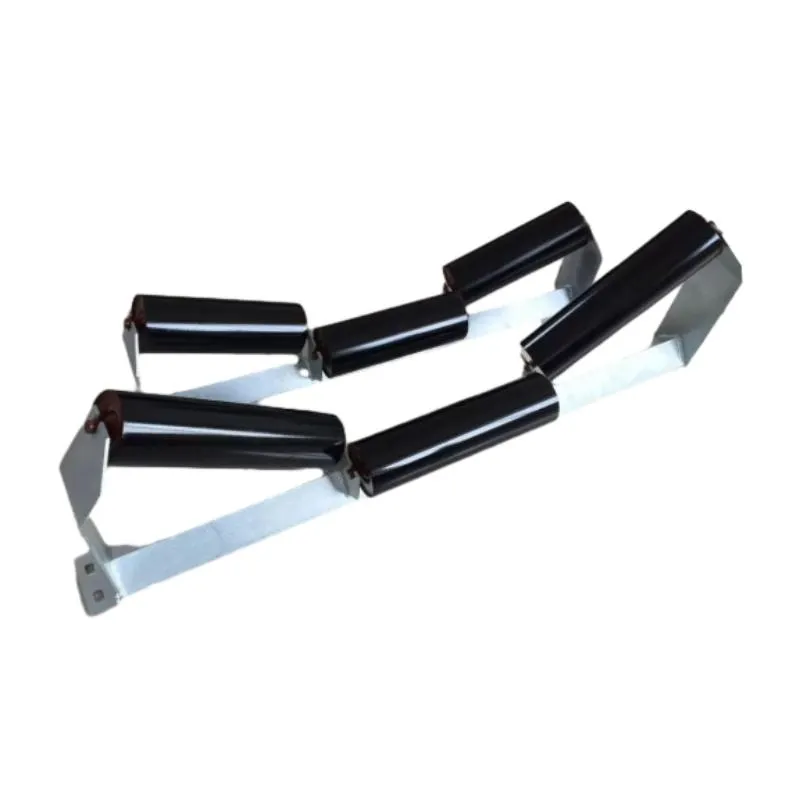 Afrikaans
Afrikaans  Albanian
Albanian  Amharic
Amharic  Arabic
Arabic  Armenian
Armenian  Azerbaijani
Azerbaijani  Basque
Basque  Belarusian
Belarusian  Bengali
Bengali  Bosnian
Bosnian  Bulgarian
Bulgarian  Catalan
Catalan  Cebuano
Cebuano  Corsican
Corsican  Croatian
Croatian  Czech
Czech  Danish
Danish  Dutch
Dutch  English
English  Esperanto
Esperanto  Estonian
Estonian  Finnish
Finnish  French
French  Frisian
Frisian  Galician
Galician  Georgian
Georgian  German
German  Greek
Greek  Gujarati
Gujarati  Haitian Creole
Haitian Creole  hausa
hausa  hawaiian
hawaiian  Hebrew
Hebrew  Hindi
Hindi  Miao
Miao  Hungarian
Hungarian  Icelandic
Icelandic  igbo
igbo  Indonesian
Indonesian  irish
irish  Italian
Italian  Japanese
Japanese  Javanese
Javanese  Kannada
Kannada  kazakh
kazakh  Khmer
Khmer  Rwandese
Rwandese  Korean
Korean  Kurdish
Kurdish  Kyrgyz
Kyrgyz  Lao
Lao  Latin
Latin  Latvian
Latvian  Lithuanian
Lithuanian  Luxembourgish
Luxembourgish  Macedonian
Macedonian  Malgashi
Malgashi  Malay
Malay  Malayalam
Malayalam  Maltese
Maltese  Maori
Maori  Marathi
Marathi  Mongolian
Mongolian  Myanmar
Myanmar  Nepali
Nepali  Norwegian
Norwegian  Norwegian
Norwegian  Occitan
Occitan  Pashto
Pashto  Persian
Persian  Polish
Polish  Portuguese
Portuguese  Punjabi
Punjabi  Romanian
Romanian  Russian
Russian  Samoan
Samoan  Scottish Gaelic
Scottish Gaelic  Serbian
Serbian  Sesotho
Sesotho  Shona
Shona  Sindhi
Sindhi  Sinhala
Sinhala  Slovak
Slovak  Slovenian
Slovenian  Somali
Somali  Spanish
Spanish  Sundanese
Sundanese  Swahili
Swahili  Swedish
Swedish  Tagalog
Tagalog  Tajik
Tajik  Tamil
Tamil  Tatar
Tatar  Telugu
Telugu  Thai
Thai  Turkish
Turkish  Turkmen
Turkmen  Ukrainian
Ukrainian  Urdu
Urdu  Uighur
Uighur  Uzbek
Uzbek  Vietnamese
Vietnamese  Welsh
Welsh  Bantu
Bantu  Yiddish
Yiddish  Yoruba
Yoruba  Zulu
Zulu Tail Drum for Conveyor Systems in Industry and Mining Applications
Understanding the Conveyor Tail Drum An Essential Component in Material Handling Systems
In the realm of material handling systems, the conveyor belt system stands out as a pivotal technology for transporting goods in various industries. At the core of this system is the conveyor tail drum, a crucial component that ensures the efficient operation and longevity of conveyor belts. Understanding the function, design, and maintenance of the conveyor tail drum is essential for anyone involved in the management, operation, or maintenance of conveyor systems.
What is a Conveyor Tail Drum?
The conveyor tail drum, often referred to as the tail pulley, is located at the end of a conveyor belt system. Its primary function is to provide support for the belt and facilitate its movement. This drum is vital for maintaining tension in the conveyor belt, which is crucial for preventing slippage and ensuring that materials are transported smoothly from one point to another.
In addition to its functional role, the tail drum also serves as a point of attachment for the belt. The belt loops around the tail drum and extends back towards the drive pulley, completing the circuit for continuous material movement. The proper alignment and function of the tail drum are thus essential for the overall performance of the conveyor system.
Design Considerations
The design of a conveyor tail drum can significantly affect the efficiency of a conveyor system. Generally, tail drums are designed to bear the weight of the conveyor belt and the materials being transported. This involves selecting materials that are not only robust but also resistant to wear and tear.
conveyor tail drum

Commonly, tail drums are made from sturdy materials, such as steel or aluminum, and may feature various surface finishes to enhance durability. The dimensions of the tail drum, including its diameter and length, are also crucial. A larger drum often provides better belt tension control, while a smaller drum may be more suitable for tighter spaces.
In addition to traditional cylindrical designs, some modern conveyor systems use specialized tail drums that incorporate features like adjustable tension settings, allowing for easy modifications based on the specific requirements of the operation.
Importance of Maintenance
Regular maintenance of the conveyor tail drum is essential for ensuring the system’s reliability and longevity. One of the key maintenance tasks involves inspecting the drum for signs of wear, such as uneven surfaces or cracks, which can lead to decreased efficiency or potential failure.
Lubrication is another crucial aspect of maintenance. Proper lubrication of the bearings and seals associated with the tail drum helps prevent friction, reducing the risk of overheating and extending the lifespan of the component. Monitoring the alignment of the tail drum with the conveyor belt is also essential, as misalignment can lead to premature wear on the belt and additional strain on the drum.
Conclusion
In summary, the conveyor tail drum may seem like a simple component within the larger conveyor belt system, but its importance cannot be understated. This critical piece provides necessary support, maintains belt tension, and contributes to the smooth transportation of materials across various operational environments. By understanding its function, design considerations, and the importance of regular maintenance, industry professionals can ensure the efficient operation of conveyor systems. This not only leads to improved productivity but also saves time and resources that would otherwise be spent on repairs and replacements. As industries continue to evolve and adopt new technologies, the role of the conveyor tail drum will remain a fundamental aspect of material handling solutions.
-
Revolutionizing Conveyor Reliability with Advanced Rubber Lagging PulleysNewsJul.22,2025
-
Powering Precision and Durability with Expert Manufacturers of Conveyor ComponentsNewsJul.22,2025
-
Optimizing Conveyor Systems with Advanced Conveyor AccessoriesNewsJul.22,2025
-
Maximize Conveyor Efficiency with Quality Conveyor Idler PulleysNewsJul.22,2025
-
Future-Proof Your Conveyor System with High-Performance Polyurethane RollerNewsJul.22,2025
-
Driving Efficiency Forward with Quality Idlers and RollersNewsJul.22,2025





























